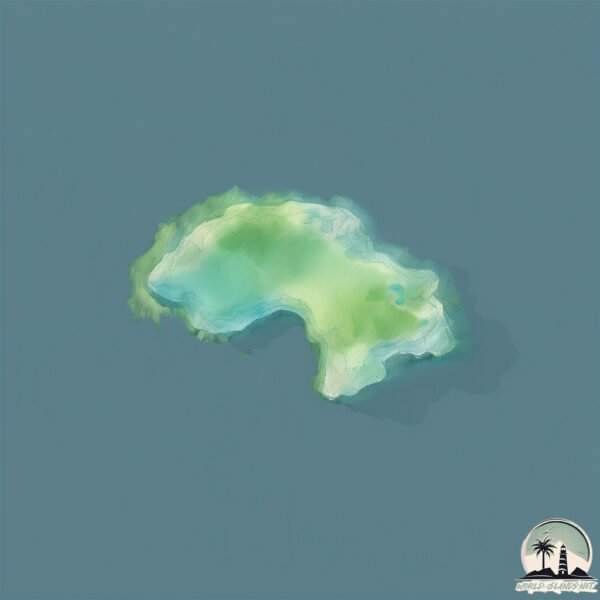Welcome to St. Helens , a Temperate island in the Tasman Sea, part of the majestic Pacific Ocean. This guide offers a comprehensive overview of what makes St. Helens unique – from its geography and climate to its population, infrastructure, and beyond. Dive into the details:
Geography and size of St. Helens
Size: 0.638 km²Coastline: 4.3 kmOcean: Pacific OceanSea: Tasman SeaContinent: Oceania
St. Helens is a Tiny Island spanning 0.638 km² with a coastline of 4.3 km.
Archipel: –
Tectonic Plate: Australia – A major tectonic plate covering Australia, New Zealand, and parts of the Indian and Pacific Oceans, known for its relative stability and occasional seismic activity.
The geographic heart of the island is pinpointed at these coordinates:
Climate and weather of St. Helens
Climate Zone: TemperateClimate Details: Temperate Oceanic ClimateTemperature: Warm Summer
Climate Characteristics: Known for its moderate year-round temperatures with ample rainfall and no dry season. Warm summers are characteristic.
Topography and nature of St. Helens
Timezone: UTC+10:00Timezone places: Australia/SydneyMax. Elevation: 2 m Mean Elevation: -1 mVegetation: Sparse Vegetation with Trees/ShrubsTree Coverage: 74%
The mean elevation is -1 m. The highest elevation on the island reaches approximately 2 meters above sea level. The island is characterized by Plains: Flat, low-lying lands characterized by a maximum elevation of up to 200 meters. On islands, plains are typically coastal lowlands or central flat areas.
Dominating Vegetation: Sparse Vegetation with Trees/Shrubs
Vegetation: 2 vegetation zones – Low Diversity Island
Infrastructure and Travelling to St. Helens
Does the island have a public airport? no .
Does the island have a major port? no .
The mean population of St. Helens is 0 per km². St. Helens is Uninhabited. The island belongs to Australia .
Continuing your journey, Clark is the next notable island, situated merely km away.
St. Helena - A remote island in the Atlantic | DW Documentary
Every third week, a British Royal Mail ship begins its journey from Cape Town to Saint Helena, the remote island in the Atlantic ...
St. Helena - A remote island in the Atlantic | DW Documentary
Every third week, a British Royal Mail ship begins its journey from ...
Every third week, a British Royal Mail ship begins its journey from Cape Town to Saint Helena, the remote island in the Atlantic ...
The City of Jamestown St Helena - to Live, Work & Explore
Jamestown is the capital of St Helena Island, a British Overseas ...
Jamestown is the capital of St Helena Island, a British Overseas Territory in the South Atlantic Ocean. Until recently St Helena was ...
Saint Helena Island - A remote beauty!
Join us on an unforgettable journey to the remote and enchanting ...
Join us on an unforgettable journey to the remote and enchanting island of Saint Helena, nestled in the vastness of the South ...
Australia is classified as Developed region: nonG7: Developed economies outside of the Group of Seven, characterized by high income and advanced economic structures. The level of income is High income: OECD.
News – Latest Updates and Headlines from St. Helens
Stay informed with the most recent news and important headlines from St. Helens. Here’s a roundup of the latest developments.
Loading...
Please note: The data used here has been primarily extracted from satellite readings. Deviations from exact values may occur, particularly regarding the height of elevations and population density. Land area and coastline measurements refer to average values at mean high tide.

